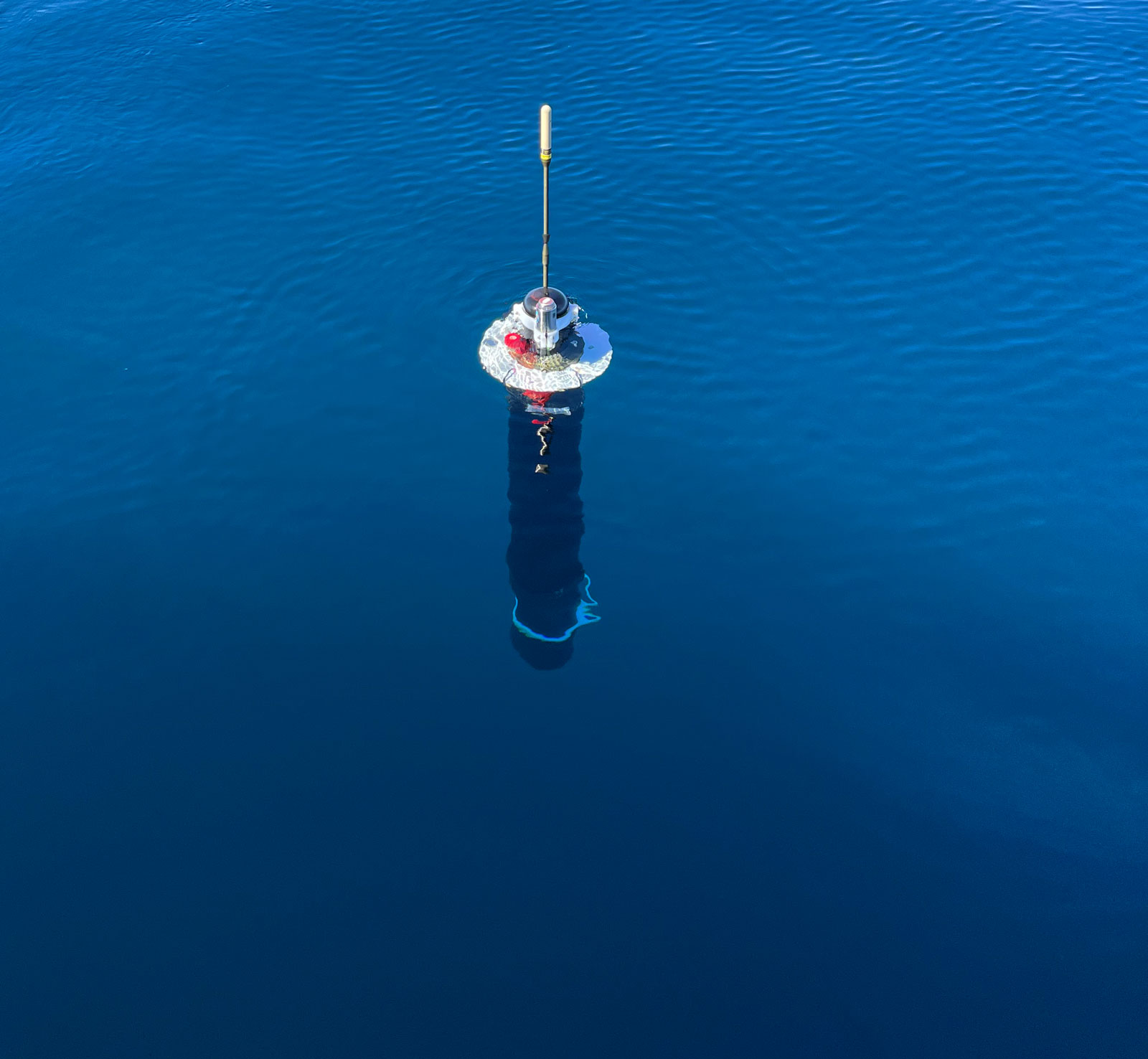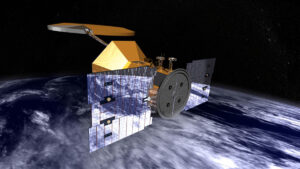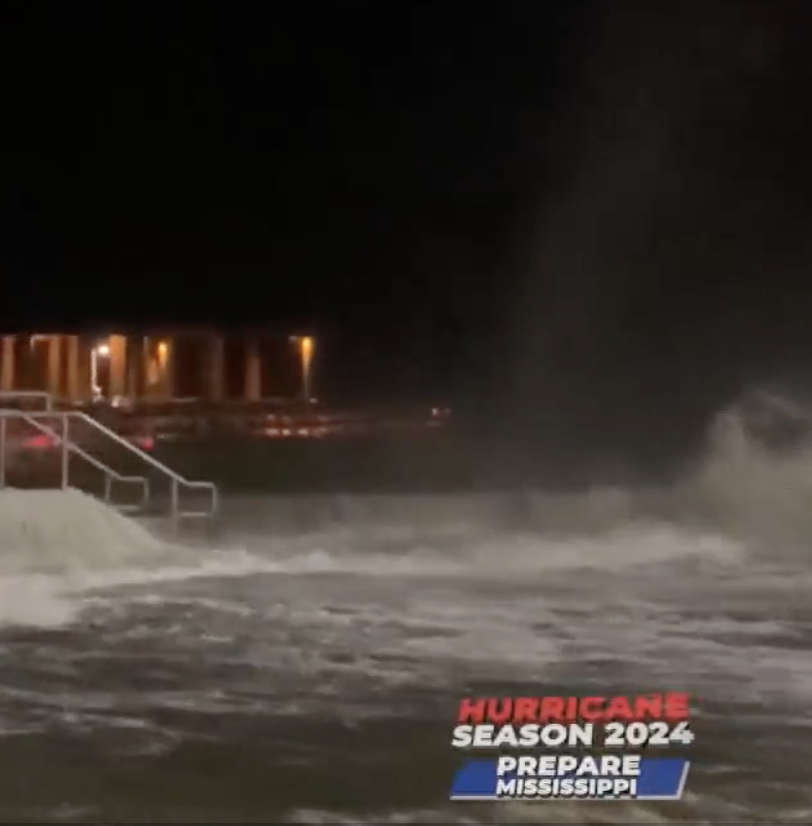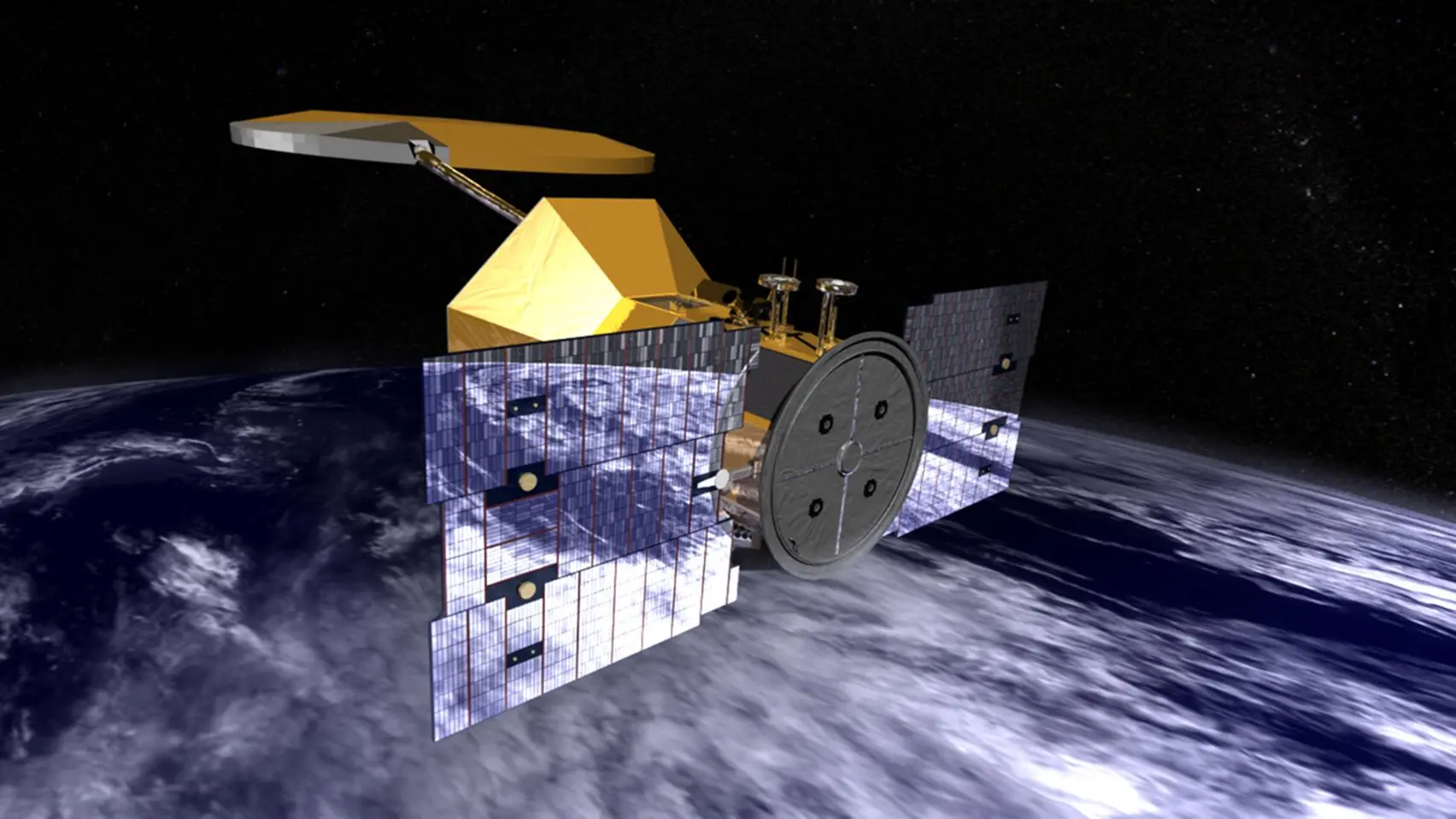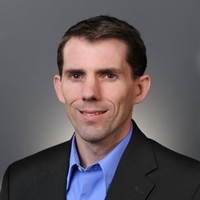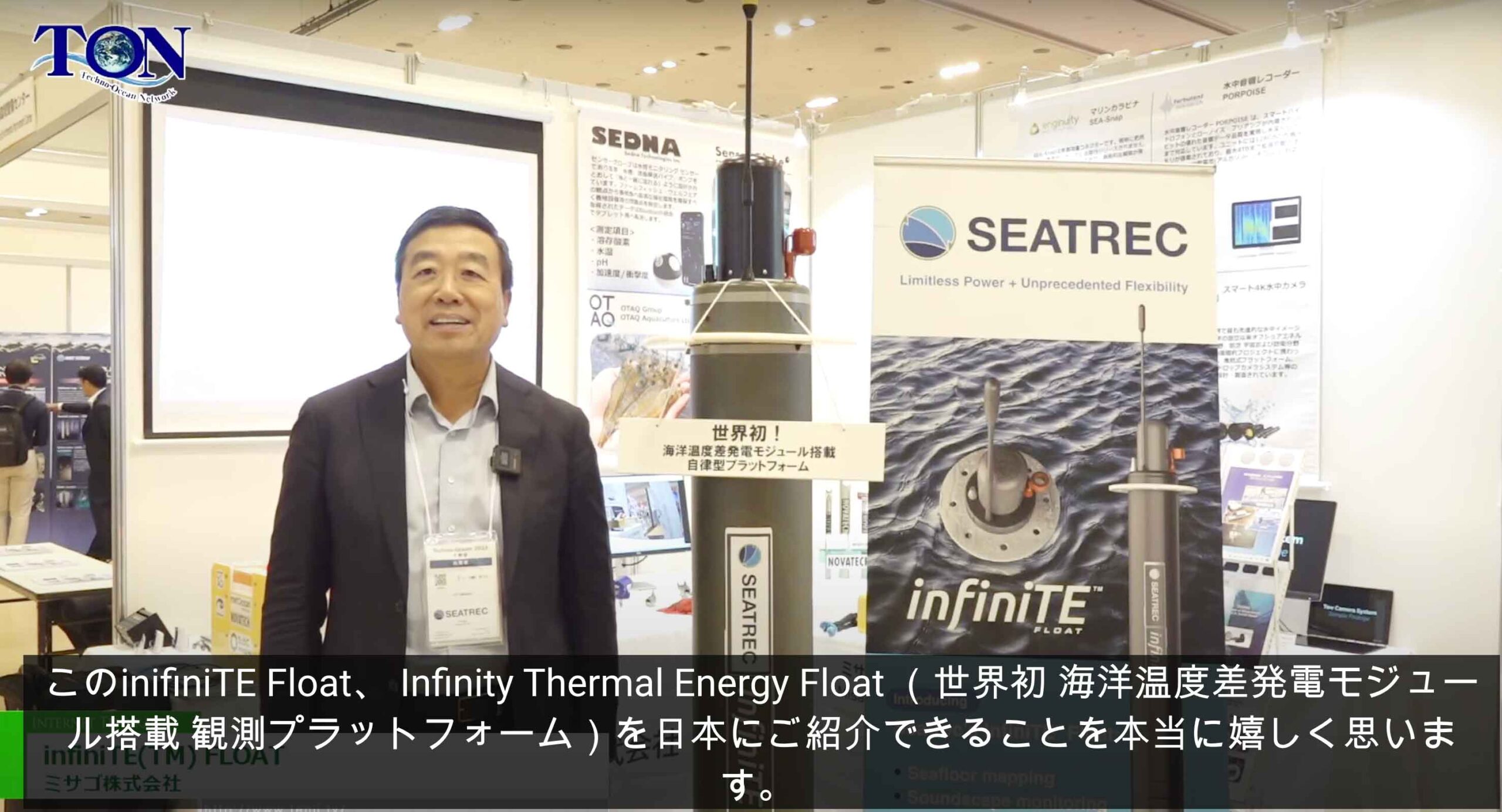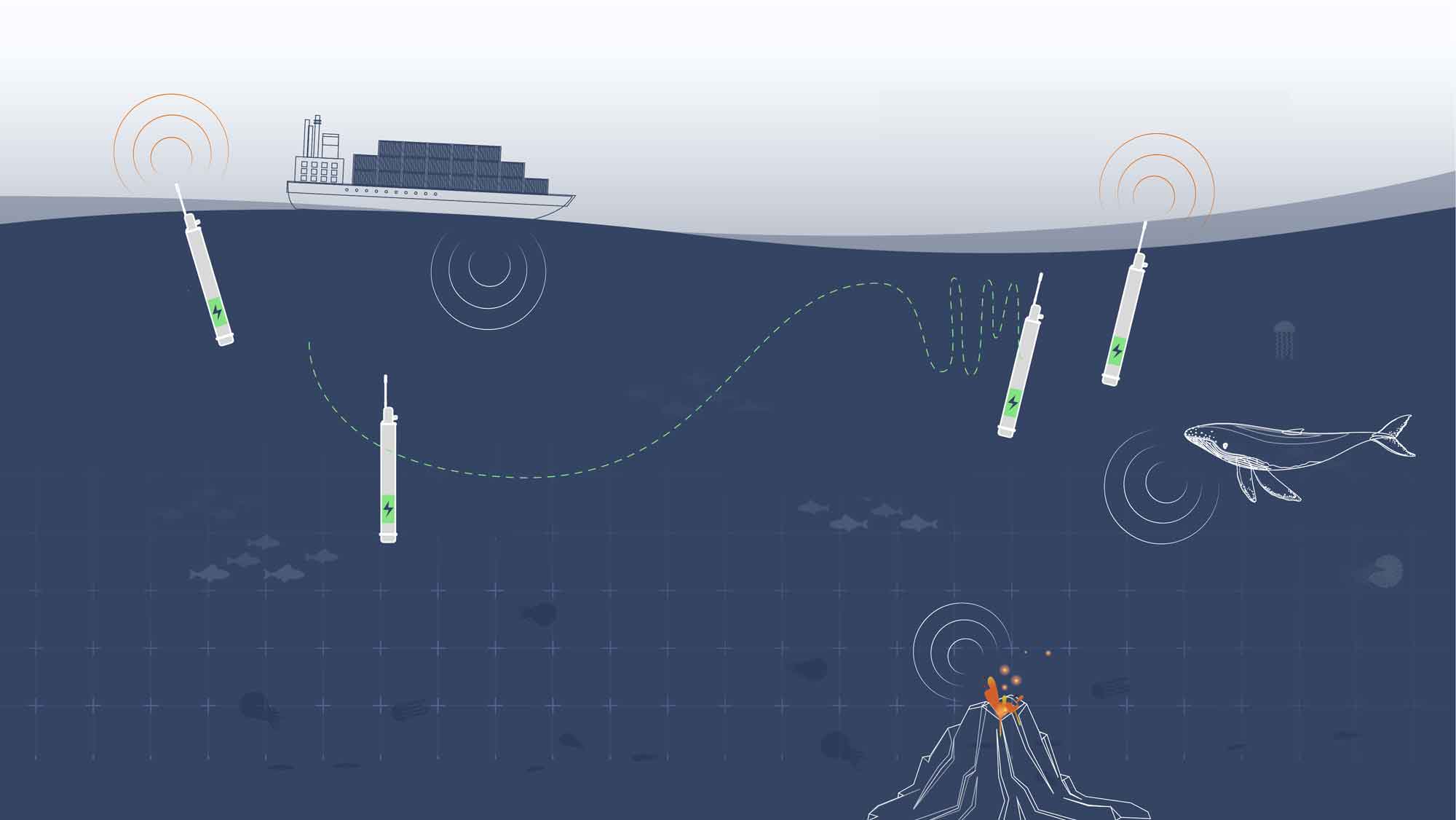Seatrec Names Pentagon Alum Jason Stack to Advisory Board
Seatrec Names Pentagon Alum Jason Stack to Advisory Board
Extensive experience in developing and managing advanced autonomous naval and maritime systems will guide the commercialization and deployment of Seatec’s technology across the defense, research, and Blue Economy domains
VISTA, Calif. – WEBWIRE – Thursday, April 4, 2024. Seatrec, a renewable energy company that harvests energy from temperature differences in the environment, today announces the appointment of Jason Stack, Ph.D., an engineer and former Deputy Director of the Navy’s Unmanned Task Force at the Pentagon, to its advisory board.
“We’re rapidly commercializing autonomous systems powered by the ocean’s temperature differences for critical research and defense, as well as those that will help expand the Blue Economy,” points out Yi Chao, Ph.D., CEO and founder of Seatrec. “Jason’s unparalleled expertise gained from a distinguished career in the US Navy is a tremendous resource to help us accomplish our mission.”
Stack’s time at the Pentagon included multiple formal appointments within NATO including the US National Representative for Systems, Concepts, and Integration within the NATO Science & Technology Organization. Following his role at the Pentagon, he is co-founding a startup in the maritime space - still in stealth - and works as the company’s CTO.
He began his career designing and prototyping heavy equipment and industrial electronics at two manufacturing companies before earning his Ph.D. and moving to the Department of Defense (DoD). During his two-decade career at the DoD, Stack led programs at the Office of Naval Research (ONR) in maritime platform, sensor, perception, effector, and autonomy development. He then transitioned to an executive role where he acted as ONR’s Technical Director and served as director of the Ocean, Atmosphere, and Space Research Division before taking up his post at the Pentagon.
“Autonomous systems hold great potential for filling important capability gaps across a host of research, defense, and maritime missions but a reliance on batteries limits their endurance,” explains Stack. “Seatrec’s technology provides abundant power that is clean and sustainable to free those systems to reach their potential by providing robust function sets with near limitless endurance.”
Seatrec’s pioneering energy harvesting system uses phase change materials to harness energy from temperature differences between the ocean’s various depths. These materials contract and expand creating pressure that’s captured and converted into electricity. The clean, virtually limitless power enables scientists to integrate power-intensive sensors into its infiniTE™ float that were previously restricted by battery capabilities and lifespans.
Seatrec counts the US Navy’s Office of Naval Research among its early backers and in 2022 launched a project in partnership with the Naval Postgraduate School to integrate hydrophones into autonomous, ocean-going robots.
In 2023, the company was selected for the National Security Innovation Network (NSIN) Propel Hawai’i Accelerator. The program is a partnership between the NSIN and Decisive Point in collaboration with the U.S. Navy’s Pacific Fleet—the world’s largest fleet command encompassing 100 million square miles. Seatrec was selected from a competitive field of over 200 early-stage companies to join an elite cohort of enterprises developing cutting-edge technologies to help the modernization needs of the US Navy and the broader DoD community.
About Seatrec
Seatrec designs and manufactures energy harvesting systems that generate electricity from naturally occurring temperature differences in ocean waters. This renewable energy can be used to power deep water oceanographic research equipment such as floats, gliders, and autonomous underwater vehicles, resulting in the most scalable, cost-effective deep ocean data collection possible. Incorporated in 2016 by CEO, Dr. Yi Chao, Seatrec’s technology originated at NASA Jet Propulsion Laboratory, California Institute of Technology, to provide clean power for remote off-grid locations. The company is headquartered in Vista, CA. Visit us at www.seatrec.com and @seatrecinc.
Media Contact
Sean Yokomizo
Seatrec, Inc.
sean.yokomizo@seatrec.com
+1 925.878.1200
###
Seatrec Names Retired Rear Admiral John Neagley to Advisory Board
Seatrec Names Retired Rear Admiral John Neagley to Advisory Board
The 35-year veteran of the US Navy brings unique experience in leading organizations and teams in developing and operationalizing complex maritime technologies with particular focus on the Blue Economy
Seatrec, a renewable energy company that harvests energy from temperature differences in the environment, today announces the appointment of retired Rear Admiral and Founder/Principal of Blue Native Consulting, John Neagley, to its advisory board.
“John’s long and distinguished career in the Navy saw him successfully lead complex operations and the development of new technologies amid high stakes and high standards,” explains Yi Chao, Ph.D., CEO and founder of Seatrec. “His understanding of what it takes to succeed in a maritime environment and his passion for developing the Blue Economy is a perfect fit with our mission of providing clean, renewable energy to existing and novel applications.”
Neagley’s three-and-a-half decades of experience in the Navy saw him command a Navy Destroyer and serve on a number of surface combatants, including those that participated in Operations Iraqi Freedom, Enduring Freedom, and Desert Fox. Following his time at sea, Neagley managed a host of Naval research, development, and procurement projects, including acting as the executive officer for Littoral Combat Ships (PEO LCS). Before his retirement, he oversaw the Program Executive Office, Unmanned and Small Combatants (PEO USC) that set the course and scope of responsibilities for both manned and unmanned systems.
“The maritime environment is demanding and providing clean, renewable power to the most remote areas has always been a limiting factor,” points out Neagley. “Seatrec’s technology opens up exciting possibilities for maritime applications and for expanding the Blue Economy.”
Seatrec’s pioneering energy harvesting system uses phase change materials to harness energy from temperature differences between the ocean’s various depths. These materials contract and expand creating pressure that’s captured and converted into electricity. The clean, virtually limitless power enables scientists to integrate power-intensive sensors into its infiniTE™ float that typically require shore-supplied power or direct ship support via tethering.
The company counts the US Navy’s Office of Naval Research among its early backers and recently launched a project in partnership with the Naval Postgraduate School to study the impact of noise pollution on the ocean environments powered by Seatrec’s technology.
About Seatrec
Seatrec designs and manufactures energy harvesting systems that generate electricity from naturally occurring temperature differences in ocean waters. This renewable energy can be used to power deep water oceanographic research equipment such as floats, gliders, and autonomous underwater vehicles, resulting in the most scalable, cost-effective deep ocean data collection possible. Incorporated in 2016 by CEO, Dr. Yi Chao, Seatrec’s technology originated at NASA Jet Propulsion Laboratory, California Institute of Technology, to provide clean power for remote off-grid locations. The company is headquartered in Vista, CA. Visit us at www.seatrec.com and @seatrecinc.
Media Contact
Sean Yokomizo
Seatrec, Inc.
sean.yokomizo@seatrec.com
+1 925.878.1200
###
Seatrec Names Johan Bergenas to Advisory Board
Seatrec Names Johan Bergenas to Advisory Board
Bergenas joins the board as a sustainability advisor bringing deep substantive, technology, and policy experience to boost Seatrec’s ocean data collection mission with their newly launched infiniTE™Float
VISTA, Calif. (Feb. 20, 2024) – Seatrec, a renewable energy company that harvests energy from temperature differences in the environment, today announces the appointment of Johan Bergenas to its Advisory Board as a sustainability advisor. Bergenas is the Senior Vice President of Oceans at the World Wildlife Fund and has served in several senior positions at the intersection of environmental policy, technology, and innovation.
“Johan brings a deep commitment to protecting the health of the oceans, as well as a wealth of experience in building and operating businesses that create positive change,” says Yi Chao, Ph.D., CEO and founder of Seatrec. “His insight and guidance will serve us well as we continue to expand the commercialization of our clean, renewable energy technology to significantly increase ocean data collection possibilities for scientific and commercial endeavors.”
Prior to Bergenas’ role overseeing World Wildlife Fund programs focused on ocean health, climate resilience, and environmental security, he worked at Paul Allen’s Vulcan developing, launching, and scaling science and technology programs worldwide. A former technology startup co-founder and CEO, Bergenas also led programming at the intersection of the environment, national security, and technology at the Stimson Center and the Monterey Institute.
“The health of the world’s oceans is in crisis and we need new, innovative solutions to help better understand and protect the oceans while ensuring the livelihoods of those who depend on its bounty,” explains Bergenas. “Seatrec’s infiniTE™ float is the first subsea robot powered by clean and renewable energy. This sustainable float enables scientists to profile more frequently and integrate high power sensors to capture data previously impossible on existing solutions.”
Seatrec’s pioneering energy harvesting system uses phase change materials to harness energy from temperature differences between the ocean’s various depths. These materials contract and expand creating pressure that’s captured and converted into electricity. The clean, virtually limitless energy allows scientists to power autonomous vehicles and sensors away from shore without direct ship support.
The company recently won funding from NOAA to build an autonomous profiling float powered by the ocean’s temperature differences to study the underwater soundscape and announced a separate initiative in partnership with the University of Southern Mississippi to deploy floats in the Gulf of Mexico to improve hurricane forecasting and monitor the critically endangered Rice’s Whale. Last year, Seatrec announced the commercial launch of a first-of-its-kind modular platform that provides power to support “plug-and-play” sensor suites.
About Seatrec
Seatrec designs and manufactures energy harvesting systems that generate electricity from naturally occurring temperature differences in ocean waters. This renewable energy can be used to power deep water oceanographic research equipment such as floats, gliders, and autonomous underwater vehicles, resulting in the most scalable, cost-effective deep ocean data collection possible. Incorporated in 2016 by CEO, Dr. Yi Chao, Seatrec’s technology originated at NASA Jet Propulsion Laboratory, California Institute of Technology, to provide clean power for remote off-grid locations. The company is headquartered in Vista, CA. Visit us at www.seatrec.com and @seatrecinc.
Media Contact
Sean Yokomizo
Seatrec, Inc.
sean.yokomizo@seatrec.com
+1 925.878.1200
###
Seatrec Wins Support, $1 Million Loan Through American Lending Center
High-tech Startup Seatrec Wins Support, $1 Million Loan Through American Lending Center
IRVINE, Calif.--(BUSINESS WIRE)--It’s a Happy New Year for Seatrec CEO and founder Dr. Yi Chao and his team, with the closing of a $1 million loan through American Lending Center (ALC). The loan is guaranteed by the State Small Business Credit Initiative (SSBCI).
“Great partnerships made this capitalization of an exciting startup possible”
This is the first state loan guarantee for ALC after working with federal programs in the past, according to John Shen, ALC’s founder and CEO. (The money for SSBCI originates on the federal level, but is administered by the state.) This infusion of capital signifies a step forward for Seatrec’s innovative initiatives as a Climate Tech startup, qualifying for the Climate Tech Finance Program.
In order to be certified as a Climate Tech startup, Seatrec went through a rigorous evaluation process conducted by the Climate Tech Finance Team led by the Bay Area Air Quality Management District (BAAQMD) to quantify the reduction of carbon emissions enabled by Seatrec’s clean and renewable energy solution that power subsea robots. BAAQMD’s evaluation concluded that Seatrec’s solution is both cost-effective and sustainable.
Seatrec is amongst the first startup tech companies to qualify for the Climate Tech Finance loan guarantee program administered by the State of California.
“This new funding is a critical piece of our growth operations in 2024. This will support the sales and production of our new product, the infiniTE™ float, which we launched in 2023,” Chao said. “The Seatrec team has a fairly aggressive goal for scaling sales and production, and this funding will be used for the advanced purchase of inventory and improvements to our manufacturing process.”
Chao founded Seatrec in 2016 after a career with the NASA Jet Propulsion Laboratory, where he developed the core technology for Seatrec. The technology converts temperature differences at different depths in the ocean into electricity, providing energy for subsea robots, especially in remote ocean locations where diesel-powered ships are extremely expensive to use and contribute to carbon emissions. The infiniTE™ float has broad applications for hurricane forecasting, soundscape monitoring, and seafloor mapping. Shortly after the product launched in 2023, Seatrec signed multiple six-figure purchase orders with researchers from universities and the U.S. Navy, Chao confirmed.
Funds overseen by Sunstone Management began pre-seed investing into Seatrec in late 2020, and have concluded three rounds of funding.
Sunstone’s Development Department helped connect Seatrec to ALC and the Climate Tech Finance Program, which is part of the State of California Infrastructure and Development Bank (iBank). ALC became a certified lender for the SSBCI program in 2022. The state Small Business Loan Guarantee Program also was part of the finance package.
ALC headquarters are in Irvine, and a strategic partnership with the Small Business Development Corporation of Orange County was key to completing the loan guarantee, ALC’s vice president and chief lending officer, Scott Thompson, said.
This loan program provides an 80% guarantee through the state iBank. If a borrower ultimately cannot repay the outstanding loan balance, iBank will reimburse up to 80% of the original loan – making it easier to qualify for that loan.
“Great partnerships made this capitalization of an exciting startup possible,” John Shen said. “We’re a private company working with the government to support a high-tech entrepreneur – that’s a basic tenet for both American Lending Center and Sunstone Management.
“Dr. Yi Chao is super excited today. So are we!”
For more information about Seatrec, go to seatrec.com; for ALC it is americanlendingcenter.com; and for Sunstone Management, it is sunstoneinvestment.com.
About Seatrec
Seatrec designs and manufactures oceanic robots and energy harvesting platforms that generate electricity from naturally occurring temperature differences in ocean waters. This renewable energy can power oceanographic research equipment such as floats, gliders, and Autonomous Underwater Vehicles (AUVs), resulting in the most scalable, cost-effective deep ocean data collection possible. Seatrec originated at NASA’s Jet Propulsion Laboratory and the California Institute of Technology and was incorporated by CEO Dr. Yi Chao in 2016. Learn more about us at www.seatrec.com and follow us on @seatrecinc.
About American Lending Center: A Financial Times (FT) Americas's Fastest Growing Company
American Lending Center (ALC) is a private nonbank lending institution and nationally recognized leader in small business lending. By the end of September 2023, ALC has fully financed senior loan products to 90 qualified EB-5 projects in 13 states, contributing to a combined construction and business expansion budget of over $1.5 billion. ALC’s lending practice has successfully created more than 15,000 new jobs nationwide since 2009. In 2022, ALC launched its new rural construction and development fund with capital available for construction of fixed assets of all types in rural areas including manufacturing, energy, infrastructure, hospitality, specialty use, multi-use and other project types.
Follow American Lending Center on LinkedIn, Facebook, and Twitter.
About Sunstone Management
Sunstone Management is a diversified private capital management firm with headquarters in Southern California that provides a range of early-stage venture capital, real estate, and fixed income funds to qualified and accredited investors. The firm delivers new and exciting options for economic growth through innovative public-private partnerships, making use of its unique experience across government, education, and private sectors. Identified by Financial Times as one of America’s Fastest Growing Companies three years in a row. In the second quarter of 2023, PitchBook ranked Sunstone the seventh most active early-stage venture capital firm in the country, and 18th overall.
Connect with Sunstone Management at:
LinkedIn | Twitter | Facebook | Crunchbase | Pitchbook
Contacts
Scott Thompson
American Lending Center
(562) 449-0139
scott.thompson@americanlendingcenter.com
Oceanographic Team Wins NOAA Funding for Underwater Soundscape Study
Oceanographic Team Wins NOAA Funding for the Autonomous Profiling Float Powered by Ocean’s Temperature Differences to Study Underwater Soundscape
World-class experts from Seatrec, Integral Consulting, Naval Postgraduate School, MBARI, and Scripps/UC San Diego to build a long-endurance float for gathering directional acoustic data in the deep ocean powered by clean, renewable energy.
VISTA, Calif. – WEBWIRE – Wednesday, September 13, 2023
Seatrec, Integral Consulting, Monterey Bay Aquarium Research Institute (MBARI), Naval Postgraduate School, and Scripps Institution of Oceanography at the University of California San Diego today announce funding from the National Oceanic & Atmospheric Administration’s (NOAA) Ocean Exploration. The two-year funding award supports the integration of a commercial, off-the-shelf directional hydrophone manufactured by GeoSpectrum Technologies Inc. onto Seatrec’s newly launched infiniTE™ float to study the ocean’s soundscape.
“Sound is a critical component to understanding the ocean, but the power demands of acoustic sensors make it impossible to listen for extended periods, not to mention the additional power required to process the acoustic data in order to reduce the data size for satellite communication,” points out Dr. Yi Chao, the Founder and CEO of Seatrec. “Seatrec’s newly launched infiniTE™ float, capable of generating electricity from temperature differences in the ocean, opens up vast new areas of knowledge to help us better understand and protect the ocean.”
Studies show that noise from humans adversely affects a broad range of organisms, from shellfish larvae to large marine mammals. Acoustic sensors, or hydrophones, are needed to quantify the impact of these noises; however, current technology limits their use to short deployments from expensive-to-operate ships or to areas where power is supplied via a cable from shore.
“A robust understanding of deep-sea acoustics is invaluable across a range of scientific, environmental, economic, and national security needs,” explains Dr. Kaus Raghukumar, an acoustic oceanographer at Integral Consulting. “The integration of a vector sensor into Seatrec’s profiler will leverage Integral’s NoiseSpotter® technology and expertise. A directional hydrophone allows for a better understanding of the location of sound sources, such as marine mammals.”
Seatrec’s infiniTE™ float provides a new platform for deep-water acoustic observations over unprecedented durations in remote regions.
“As part of NOAA Ocean Exploration’s mission to lead, coordinate, and fund expeditions around the world, we are uniquely situated to promote partners in the maritime community - like this creative team - who can advance ocean exploration technologies and acquire critical data and information about various marine environments,” said Jeremy Weirich, Director of NOAA Ocean Exploration. “Supporting this collaboration to develop and test an innovative sensor on a new underwater platform is important for filling data gaps about our ocean and enabling scientific discovery.”
About Seatrec
Seatrec designs and manufactures oceanic robots and energy harvesting platforms that generate electricity from naturally occurring temperature differences in ocean waters. This renewable energy can power oceanographic research equipment such as floats, gliders, and Autonomous Underwater Vehicles (AUVs), resulting in the most scalable, cost-effective deep ocean data collection possible. Seatrec originated at NASA’s Jet Propulsion Laboratory and the California Institute of Technology and was incorporated by CEO Dr. Yi Chao in 2016. Learn more about us at www.seatrec.com and follow us on @seatrecinc.
About Integral Consulting
Integral Consulting Inc. is a national science and engineering firm delivering technical solutions to complex environmental, health, economic, and natural resource challenges faced by our clients. We employ an unrelenting commitment to technical excellence, innovation, and collaboration to help our clients minimize yesterday’s impacts, comply with today’s demands, and plan for tomorrow’s needs. For information, visit www.integral-corp.com.
About NOAA Exploration Research
NOAA Ocean Exploration is dedicated to exploring the unknown ocean, unlocking its potential through scientific discovery, technological advancements, partnerships, and data delivery. We are leading national efforts to fill gaps in our basic understanding of the marine environment, providing critical ocean data, information, and awareness needed to strengthen the economy, health, and security of the United States and the world.
Media Contact
Sean Yokomizo
Seatrec, Inc.
sean.yokomizo@seatrec.com
+1 925.878.1200
###


